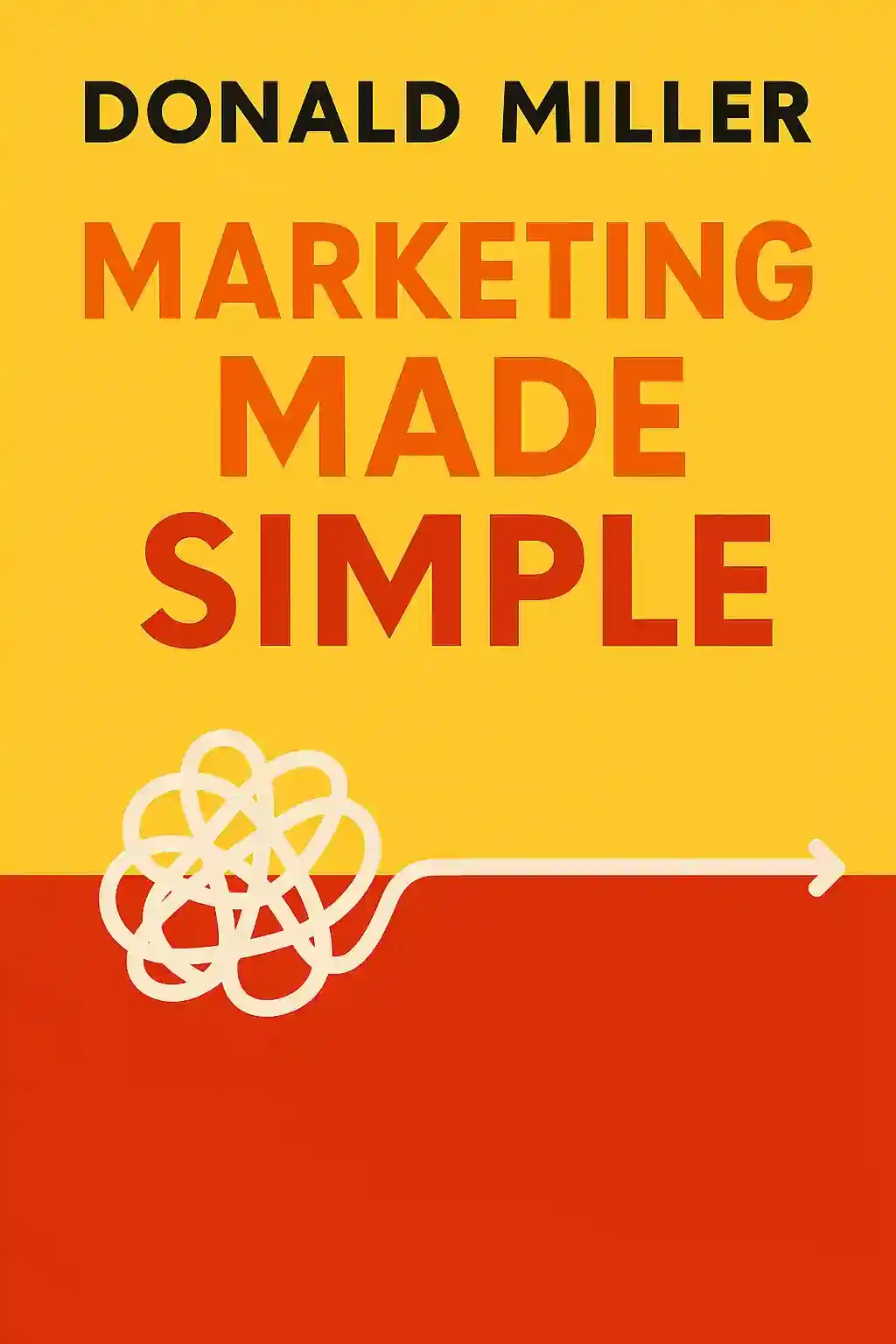What is
How to Grow Your Small Business by Donald Miller about?
How to Grow Your Small Business outlines a 6-step "Small Business Flight Plan" to help entrepreneurs professionalize operations and drive growth. Using an airplane metaphor, Donald Miller breaks business success into six components: leadership (cockpit), marketing/sales (engines), products (wings), operations (body), and cash flow (fuel). The book provides frameworks like the StoryBrand Messaging and Customer Hero Sales Script to clarify messaging, streamline sales, and optimize finances.
Who should read
How to Grow Your Small Business?
This book is ideal for small business owners (1–50 employees) seeking structure to scale sustainably. It’s especially useful for early-stage entrepreneurs overwhelmed by chaos or those with 2–5 years of experience needing operational clarity. Veterans may find it too foundational if already using advanced systems.
Is
How to Grow Your Small Business worth reading?
Yes—it’s a practical, actionable guide with proven frameworks for growth. Miller’s Flight Plan offers clear steps to professionalize operations, improve messaging, and manage cash flow. While some concepts overlap with his earlier books, new tools like the Customer Hero Sales Script add fresh value. Best suited for beginners or those needing foundational strategies.
What is the Small Business Flight Plan?
The Flight Plan compares a business to an airplane:
- Cockpit: Leadership/guiding principles
- Engines: Marketing (right) and sales (left)
- Wings: Product offerings
- Body: Overhead/operations
- Fuel Tanks: Cash flow
Miller argues all components must align for sustainable growth, providing playbooks to optimize each area.
How does Donald Miller approach marketing in the book?
Miller emphasizes clarifying your message using the StoryBrand Messaging Framework, which positions customers as heroes and businesses as guides. This approach helps craft compelling marketing copy, websites, and ads by focusing on customer pain points and solutions. Over 700,000 businesses have used this framework to boost engagement.
What sales framework does the book recommend?
The Customer Is the Hero Sales Script helps entrepreneurs "sell without selling":
- Start with the customer’s problem
- Position your solution
- Provide a step-by-step plan
- Highlight negative/positive stakes
- Call to action
This framework works for sales conversations, proposals, and presentations.
What are the key takeaways from
How to Grow Your Small Business?
- Professionalize operations: Document processes and delegate strategically.
- Master cash flow: Treat it as fuel—monitor burn rate and reserve margins.
- Simplify messaging: Use StoryBrand to cut through noise.
- Systematize sales: Apply the Customer Hero framework to reduce friction.
How does this book compare to Donald Miller’s other works?
While Building a StoryBrand and Marketing Made Simple focus on messaging, this book offers a holistic growth blueprint. It expands on earlier concepts with new frameworks like the Flight Plan and operational playbooks, making it more actionable for small business owners.
What are common criticisms of
How to Grow Your Small Business?
Some reviewers note it’s too basic for experienced entrepreneurs or repetitive if you’ve read Miller’s prior books. The emphasis on foundational systems may undervalue advanced strategies, and the writing style prioritizes practicality over engagement.
How can the book help with cash flow management?
Miller treats cash flow as a business’s "fuel tanks," advising readers to:
- Calculate monthly burn rate
- Maintain 3–6 months of reserves
- Automate financial tracking
- Prioritize high-margin offerings
These strategies help avoid liquidity crises and fund growth initiatives.
What leadership principles does Donald Miller emphasize?
Leaders must define a mission statement, 3–5 guiding principles, and critical actions to align teams. The "cockpit" metaphor underscores the need for clear direction-setting, accountability systems, and regular performance reviews.
Does the book include real-life examples?
Yes—Miller shares how his company grew from 4 to 30 employees and quadrupled revenue using these frameworks. Case studies illustrate how businesses overhauled operations, messaging, and sales processes to achieve 20–50% growth.














